Disclosure: This article contains affiliate links. We may earn a commission from purchases at no extra cost to you, which helps our travel content.
There's something magnetic about cities in transition—places where history's wounds are still healing, yet the pulse of reinvention beats steadily beneath the surface. Dili, East Timor's capital, embodies this duality with a quiet intensity I've rarely encountered elsewhere. Landing here last December, I was struck by how the city unfolds between mountains and sea, a place where Portuguese colonial architecture stands alongside memorials to a hard-won independence. As someone who's spent years documenting the intersection of food and cultural resilience, I found Dili's story particularly compelling—a young nation's capital (East Timor gained independence in 2002) where traditional food preservation techniques have survived occupation, violence, and dramatic political shifts. For the urban explorer willing to venture beyond Southeast Asia's well-trodden paths, Dili offers a raw authenticity that's increasingly rare. This isn't a city that performs for tourists; it simply exists, complex and contradictory, inviting the curious to discover its layers.
Navigating Dili's Urban Landscape
Dili stretches along a crescent bay, its grid of streets easy enough to navigate but challenging to interpret without context. The city bears architectural scars of Portuguese colonization, Indonesian occupation, and the violence that accompanied independence—a physical timeline etched in concrete and stone.
My first morning, I set out on foot from my modest guesthouse near the waterfront, armed with my trusty field notebook and a rudimentary map. The eastern part of the city holds the most administrative buildings and international organizations, while the western areas feel more local and less polished.
What struck me immediately was the contrast between Dili's sleepy pace and the intensity of its recent history. The Cristo Rei statue—a 27-meter Jesus overlooking the bay—was gifted by Indonesia during occupation, a complicated symbol that now serves as one of the city's primary landmarks. The climb to its base takes about 30 minutes up steep stairs, but the panoramic view of Dili's coastline provides essential orientation for understanding the city's layout.
The most revealing urban exploration happens in the neighborhoods between major landmarks. Streets like Avenida de Portugal showcase colonial architecture in various states of preservation, while the area around the Santa Cruz Cemetery—site of a notorious 1991 massacre—offers a somber reminder of the struggle for independence. Walking these streets, I was constantly aware of being in a place where history isn't confined to museums; it permeates everyday life.
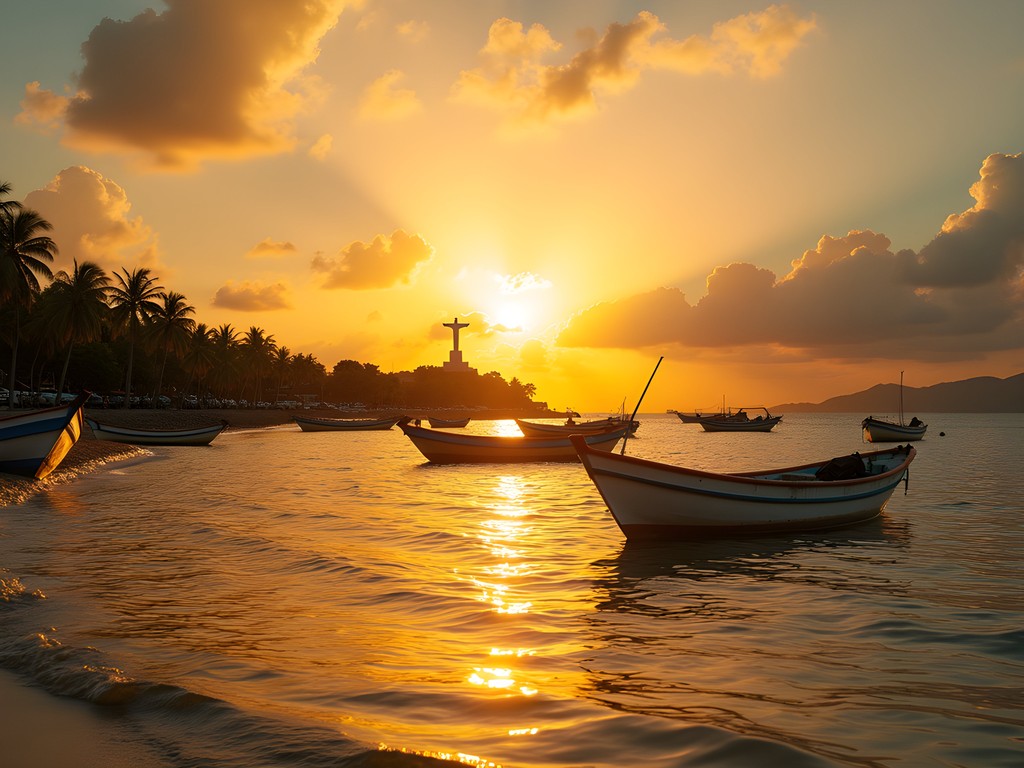
💡 Pro Tips
- Dili is compact enough to explore on foot, but microlets (minibuses) are cheap and follow numbered routes for longer distances
- The city gets intensely hot by midday—start explorations early and carry more water than you think you'll need
- Keep a photocopy of your passport rather than carrying the original when exploring neighborhoods
Markets: The Beating Heart of Dili's Food Culture
If you want to understand a city's soul, start at its markets. In Dili, Mercado Municipal and Taibesi Market offer windows into both daily life and the agricultural traditions that have sustained East Timorese people through generations of hardship.
Mercado Municipal, centrally located and rebuilt after destruction during the independence struggle, houses vendors selling everything from handwoven tais textiles to mountains of chili peppers in varying states of desiccation. What captivated me most were the fermentation vessels—clay pots containing fish pastes and vegetable preparations that reminded me of the techniques I'd documented throughout Southeast Asia, yet with distinctive local adaptations.
At one stall, an elderly woman named Luisa showed me her family's process for fermenting tiny fish with salt, tamarind, and local herbs into a pungent condiment called ikan saboko. The process had sustained her family through food shortages during occupation, she explained through my translator, a preservation technique that transformed humble ingredients into protein-rich staples that could last months without refrigeration.
Taibesi Market, on the city's eastern edge, operates at a larger scale with more raw agricultural products. Here, I found vendors selling foraged ingredients from the mountains—wild honey, medicinal herbs, and mushrooms that connect urban dwellers to the island's biodiversity. The market is chaotic and not designed for tourists, but for those interested in agricultural traditions, it's invaluable.
I recommend bringing a compact camera rather than a bulky DSLR to these markets. The smaller profile is less intrusive, and the quick autofocus helps capture fleeting moments of market life without drawing too much attention to yourself.

💡 Pro Tips
- Always ask permission before photographing market vendors or their goods
- Visit markets early (6-8am) to see the best selection and most activity
- Bring small bills in US dollars (Dili's official currency) for market purchases
Colonial Ghosts: Portuguese Architectural Legacy
Dili's urban fabric is woven with Portuguese threads—colonial buildings that have weathered occupation, neglect, and now stand as complicated monuments to a layered past. Unlike the pristine preservation you might find in parts of Macau or Goa, Dili's colonial architecture exists in a state of atmospheric decay that urban explorers will find fascinating.
The Government Palace (Palácio do Governo) anchors the administrative district with its imposing Portuguese design, while nearby, the former Portuguese Customs House has been repurposed into government offices. These buildings aren't typically open to the public, but their exteriors tell stories of architectural adaptation to tropical conditions—high ceilings, covered verandas, and shuttered windows designed for cross-ventilation in the days before air conditioning.
More accessible is the Motael Church, one of East Timor's oldest, which played a significant role during the independence movement as a sanctuary for activists. Its whitewashed walls and blue trim exemplify the Portuguese colonial aesthetic, yet it remains a living place of worship rather than a museum piece.
Wandering the streets between these landmarks, I documented doorways, window frames, and architectural details that revealed Portuguese design principles adapted to local materials and climate. The peeling paint and weathered facades speak to Dili's authentic character—a city that wears its history openly rather than sanitizing it for tourism.
For serious urban explorers, I recommend bringing a portable flashlight for examining architectural details in shadowy corners and dimly lit historical buildings. The compact size makes it easy to carry, and the powerful beam helps reveal craftsmanship that might otherwise go unnoticed.
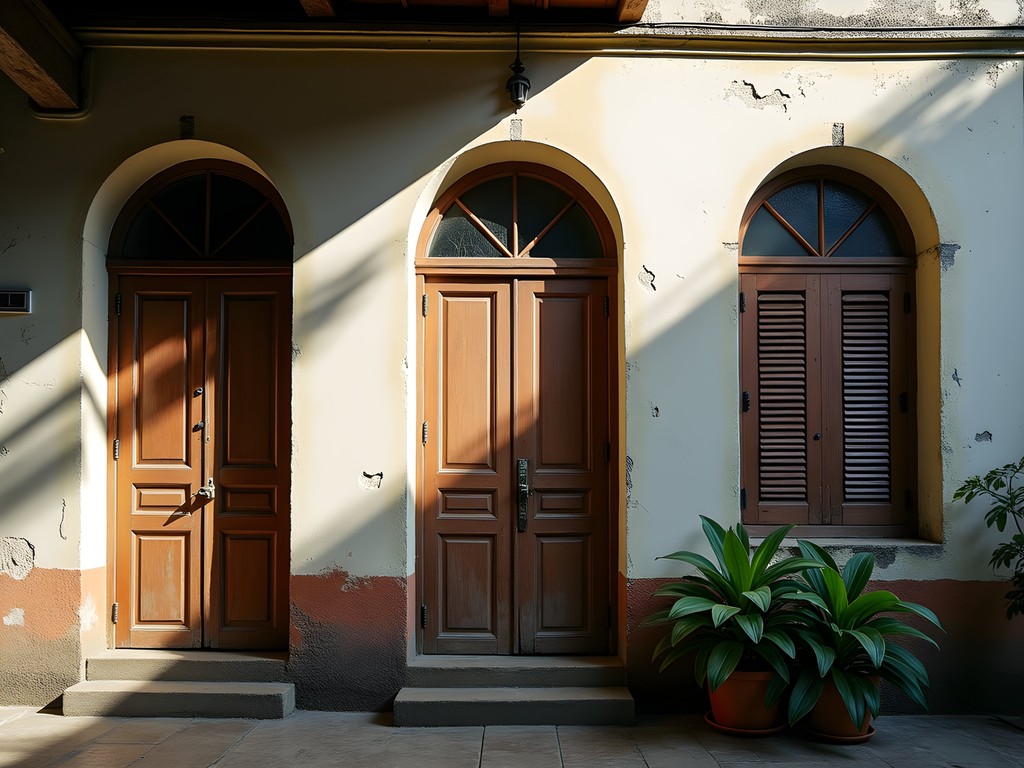
💡 Pro Tips
- Many colonial buildings aren't formally open to tourists—be respectful when photographing and don't enter without permission
- Early morning and late afternoon provide the best light for architectural photography
- Look for the contrast between Portuguese design elements and local adaptations in building techniques
Tais Market: Weaving Cultural Resilience
In my years documenting traditional food preservation, I've found that textile traditions often parallel culinary ones—both represent cultural knowledge transmitted through generations, both adapted to available resources, and both served as forms of resistance during occupation. Dili's Tais Market, a collection of stalls near the waterfront, showcases the intricate traditional weaving that has become a symbol of East Timorese identity.
Tais are handwoven cloths with complex patterns specific to different regions and clans. During Indonesian occupation, these textiles became coded expressions of cultural identity when other forms of resistance were dangerous. Today, they represent both cultural pride and economic opportunity for women weavers.
At the market, I met Maria, who learned weaving from her grandmother while hiding in the mountains during the conflict. She explained how each pattern tells a story—geometric motifs representing mountains, ancestral symbols, and clan identities. The process is painstaking; a single piece might take weeks to complete on a traditional backstrap loom.
What struck me most was how the weavers had adapted. Some now incorporate coffee bean motifs, acknowledging East Timor's emerging specialty coffee industry. Others have modified traditional designs to create smaller items appealing to international visitors. It's a delicate balance of preservation and innovation that mirrors what I've seen in food traditions worldwide.
The market isn't large, but the concentration of textile knowledge makes it essential for understanding Dili's cultural landscape. Prices are reasonable by international standards, though significant in the local economy. Most weavers speak basic English or Portuguese, enough to explain their work's significance if you show genuine interest.
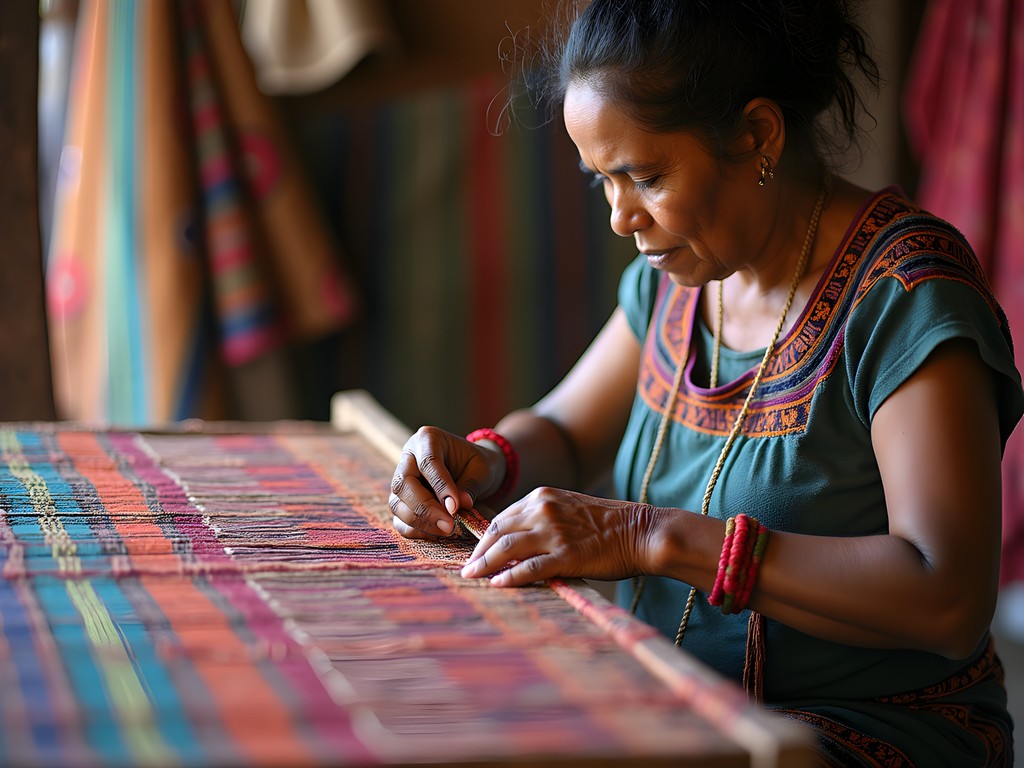
💡 Pro Tips
- Quality tais have tight, even weaving and natural dyes that may slightly vary in color
- Ask about the meaning of patterns—most weavers are proud to explain their significance
- Bargaining is expected but keep it respectful; these items represent significant labor
Coffee Culture: Dili's Emerging Urban Ritual
East Timor's mountains produce exceptional coffee—a legacy of Portuguese colonization that has survived through decades of conflict to emerge as one of the country's most promising exports. In Dili, a nascent coffee culture is taking root, creating spaces where the urban explorer can pause, reflect, and connect with locals.
Black Box Café, near the waterfront, represents the new wave of Timorese coffee establishments. Founded by young entrepreneurs who trained in Australia, it serves single-origin beans from the country's central highlands. The space functions as a cultural hub where international workers, local professionals, and the occasional traveler converge.
What fascinated me as someone obsessed with fermentation was learning about the traditional processing methods still used in remote coffee-growing regions. Some farmers continue to use inherited techniques for wet processing that create distinctive flavor profiles through controlled microbial fermentation. The café occasionally hosts cuppings where these nuances can be explored.
For a more local experience, tiny roadside coffee stands operate throughout the city, serving strong, sweet coffee in small plastic cups for about 25 cents. These stands become gathering points for neighborhood conversation, though as a visitor, I found them more observation posts than participation spaces due to language barriers.
During my week in Dili, I established a morning ritual of visiting different coffee spots while writing in my travel journal, which became filled with observations about how coffee functions as both economic opportunity and social glue in post-conflict urban life. The quality of these unassuming notebooks—particularly the paper that handles fountain pen ink without bleeding—makes them perfect companions for documenting sensory experiences during urban exploration.

💡 Pro Tips
- Coffee in Dili is typically served very sweet unless you specify otherwise
- Ask about the specific region your coffee comes from—each area produces distinct flavor profiles
- Most cafés open late (around 9am) by Western standards, but stay open into the evening
Coastal Explorations: Dili's Maritime Edge
Dili's relationship with the sea defines both its geography and character. The city stretches along Atauro Bay with a developing waterfront that serves as public space, transportation hub, and fishing ground. For the urban explorer, this maritime edge offers insights into daily rhythms and economic realities that shape the capital.
The most accessible beach area is west of the main commercial district at Areia Branca (White Sand Beach), where a string of simple seafood restaurants serve catch-of-the-day grilled with minimal seasoning. Here, I watched fishermen return with outrigger canoes full of reef fish and octopus—designs virtually unchanged for generations despite the political transformations above water.
East of the center, the port area bustles with activity as ferries depart for Atauro Island, visible across the bay. This mountainous island, accessible by a 2-hour boat ride, offers a worthwhile day trip for those with extra time. The ferry terminal itself provides fascinating people-watching as locals transport everything from motorcycles to live chickens between the mainland and island.
What I found most compelling was the contrast between development projects along the waterfront—new embassy buildings and international organization headquarters with manicured lawns—and the subsistence fishing still practiced meters away. This juxtaposition captures Dili's current moment: a city between worlds, simultaneously developing international connections while maintaining traditional lifeways.
Walking the entire waterfront takes about two hours and offers the most comprehensive cross-section of urban life. I recommend doing this walk at sunset when the harsh tropical light softens and families emerge to socialize along the sea wall. The breeze provides welcome relief from the day's heat, and the changing light transforms the city's modest skyline into something unexpectedly beautiful.
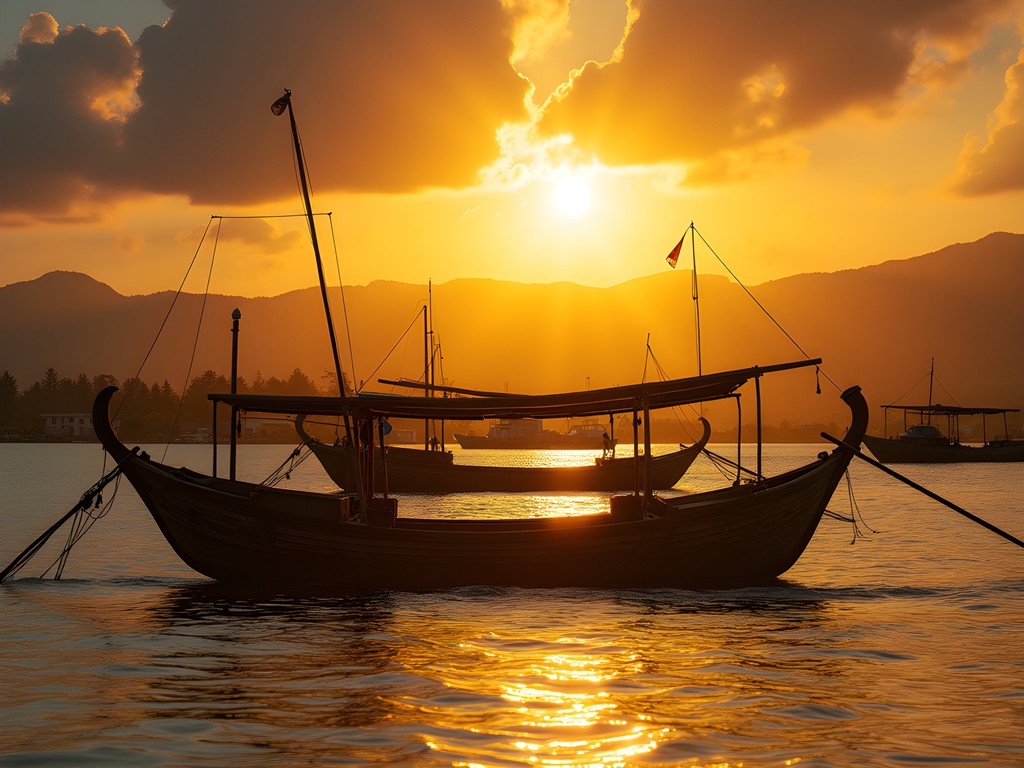
💡 Pro Tips
- The waterfront lacks shade—bring sun protection even for late afternoon walks
- Seafood restaurants at Areia Branca are best visited Friday-Sunday when they're busiest and fish is freshest
- Swimming conditions vary dramatically with the tides—ask locals before entering the water
Final Thoughts
Dili isn't a destination that reveals itself easily to visitors. Its charms are understated, its stories complex, and its urban landscape requires patience to interpret. Yet for those willing to slow down and observe, this modest capital offers profound insights into resilience, cultural preservation, and the messy process of nation-building. What struck me most during my week here wasn't any single landmark or experience, but rather the palpable sense of a city actively writing its own narrative after decades of having stories imposed upon it. As East Timor continues developing its identity as Asia's youngest nation, Dili stands as both laboratory and showcase for this evolution. For the urban explorer seeking destinations beyond the standard Southeast Asian circuit, Dili offers something increasingly rare: a city still becoming itself, where your presence as a visitor feels less like tourism and more like witnessing. Come with curiosity rather than expectations, and Dili will reward you with perspectives impossible to find elsewhere.
✨ Key Takeaways
- Dili rewards patient exploration—its significance lies in subtle details and everyday interactions rather than grand attractions
- The city functions as a living museum of resilience, where traditional practices like fermentation and weaving have survived through conflict
- Understanding Dili's complex colonial history provides essential context for appreciating its current development
- Winter (June-August) offers the most comfortable exploration conditions with lower humidity and temperatures
📋 Practical Information
Best Time to Visit
May to November (dry season), with June-August offering most comfortable temperatures
Budget Estimate
$30-50/day for budget travelers (basic accommodation, local food, public transport)
Recommended Duration
5-7 days to fully appreciate the city's rhythms and make side trips
Difficulty Level
Advanced - Limited Tourism Infrastructure And Language Barriers Require Adaptability


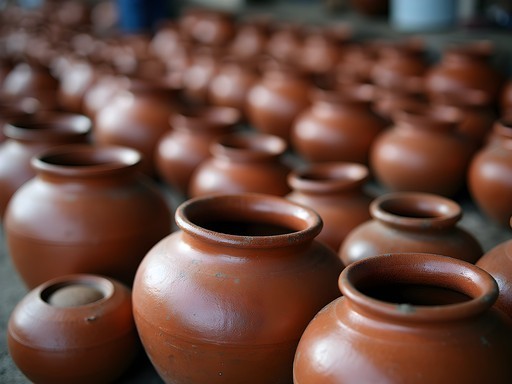

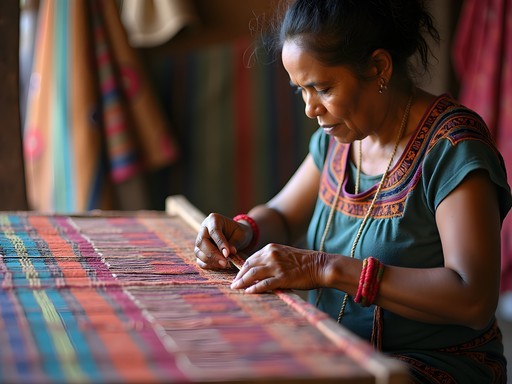

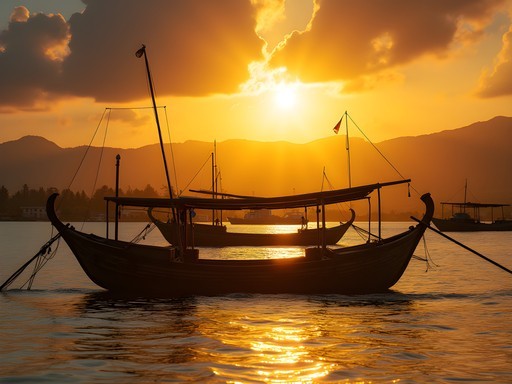








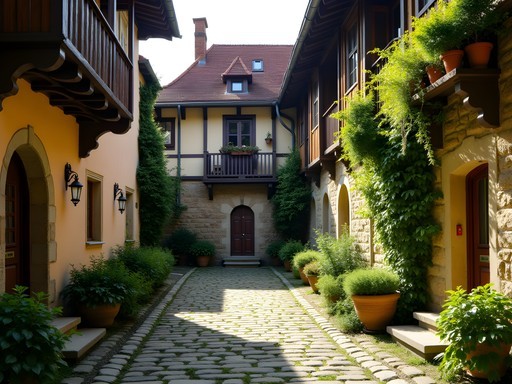
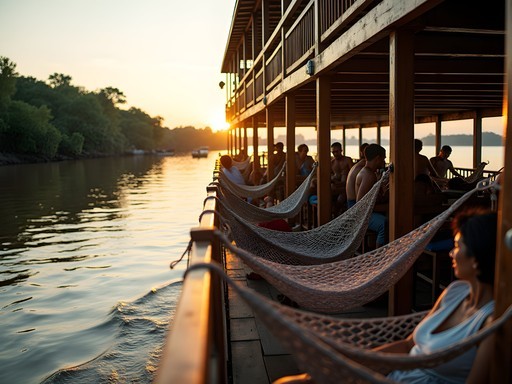
Comments
coolpro
This looks amazing! How many days would you recommend for Dili? Is it worth the journey from Australia?
Noah Rice
I'd say 3-4 days for Dili itself, but a week if you want to explore surrounding areas too. Definitely worth it from Australia - it's only a 1.5 hour flight from Darwin!
Gregory Boyd
Noah, excellent piece on Dili. You've captured that unique sense of a city in transition that I felt when backpacking through there. The Portuguese architectural remnants juxtaposed with the newer development really tells the story of its complex history. One thing travelers should know is that ATMs can be unreliable, so carrying some USD as backup is wise. I found my Lonely Planet Southeast Asia had decent coverage of Dili, but your local market recommendations go much deeper. The seafood at the harbor restaurants was another highlight for me - incredibly fresh and ridiculously affordable. Did you make it to Atauro Island? That's worth mentioning as a side trip for anyone with an extra day or two.
dreamvibes
Just got back from Dili last month and this post is spot on! The Tais Market was definitely a highlight - I spent hours talking with the weavers through broken Portuguese and Tetum. One tip I'd add is to visit Cristo Rei early morning to avoid both the heat and crowds. The microlets (minibuses) were an adventure in themselves - cheap but packed! I stayed near the waterfront which made for beautiful sunrise walks. Dili definitely has that raw, undiscovered feel that's getting harder to find in Southeast Asia.
Noah Rice
Thanks for sharing your experience! Great tip about Cristo Rei in the morning. Did you make it to any of the coffee plantations outside the city?
dreamvibes
I did! Hired a driver for a day trip to the mountains. The coffee is incredible - brought back way too many bags!
journeymood
How safe did you feel walking around Dili? Considering it for my solo trip next year.
Gregory Boyd
I visited Dili last year and found it quite safe during daylight hours. Just use standard precautions like you would in any city. The locals were incredibly friendly and helpful. Taxis are better at night than walking alone though.
journeymood
Thanks for the insight! That's reassuring to hear.
skygal
Never considered East Timor before! Your photos of the markets are amazing.
coolpro
Right? I've been looking for places less traveled and this might be perfect!
Sophia Gomez
Noah, this post brings back such vivid memories of my time in Dili last year! I was there for a development conference and extended my stay to explore. What struck me most was the resilience of the people - everyone I met had a story about the independence struggle, yet there was this incredible forward-looking energy everywhere. For anyone planning to visit, don't miss the Archives & Museum of East Timorese Resistance - it's small but powerful and gives crucial context to understand the city. Also, the seafood at the restaurants along Beach Road is phenomenal and so affordable. I still dream about those grilled fish dinners watching the sunset over the Banda Sea. One tip I'd add - the currency situation can be tricky. Bring clean, newer USD bills as they're widely accepted, and ATMs can be unreliable.
greenlegend5196
Thanks for the museum recommendation! Was it easy to find English translations there?
Sophia Gomez
Yes! Most of the exhibits had English translations, and some of the staff spoke English too. They were super helpful explaining things I didn't understand.
wildperson
Wow, Dili looks fascinating! Added to my bucket list.
greenlegend5196
Great post! How safe did you feel walking around Dili, especially at night? And what's the best way to get around - are there taxis or public transport?
Noah Rice
I felt very safe in Dili, even after dark in the main areas. It's a small city with a pretty relaxed vibe. For transport, there are plenty of blue taxis that are cheap and reliable - just confirm the price before getting in. The mikrolets (minibuses) are fun for short hops if you're feeling adventurous, but they can be confusing if you don't know the routes!
happymate
I second what Noah said about safety. I traveled solo (female) and never felt uncomfortable. The mikrolets are an experience in themselves - colorful, packed with locals, and usually blasting music. I used offline maps to navigate since internet can be spotty there.
happymate
I was in Dili last year and it's exactly as Noah describes - a city still finding its footing but with so much character. The Tais Market was definitely a highlight for me too. I spent hours chatting with the weavers (with lots of hand gestures since my Tetum is nonexistent!) and ended up with three beautiful pieces that are now proudly displayed in my living room. The colors and patterns are incredible. Did you make it out to Cristo Rei? The hike up those stairs in the heat nearly killed me, but the view was worth every drop of sweat!
Noah Rice
Thanks for reading! And yes, Cristo Rei was incredible - I probably should have mentioned it in the post. I went at sunset and the light was magical. Did you try the coffee while you were there? Some of the best I've had in Southeast Asia.
happymate
The coffee was amazing! I brought some beans home but they didn't last long. Should've bought more!
moonace
Just booked tickets to East Timor after reading this! Can't wait to explore the markets.
Noah Rice
That's amazing! You're going to love it. Feel free to DM me if you need any specific recommendations.
Venture X
Premium card with 2X miles, $300 travel credit, Priority Pass